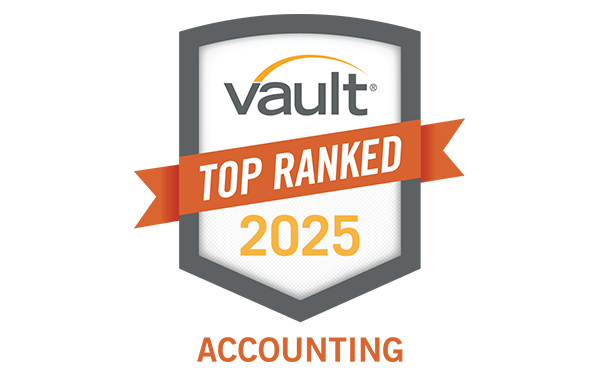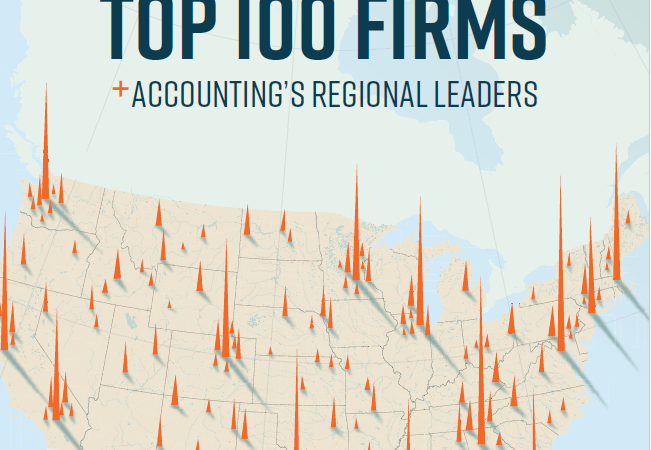While most organizations won’t have to implement the changes related to the new Presentation of Financial Statement of Not-for-Profit Entities Standard (ASU 2016-14) until 2019 (as it’s effective for years beginning after December 15, 2017), the significance of the impact will take planning and time to implement. We felt providing a summary of the ASU at this time would help organizations keep the changes in mind as they prepare the 2016 statements.
In August 2016, the Financial Accounting Standards Board (FASB) issued Accounting Standards Update (ASU) 2016-14, Not-for-Profit Entities (Topic 958): Presentation of Financial Statements of Not-for-Profit Entities. The ASU updates the current financial statement presentation in order to provide more useful information to donors, regulators, grantors, creditors and other users of the financial statements. Some of the more controversial changes to the financial reporting including defining operations and disclosure of additional operational measures continue to be debated by FASB.
The key elements of ASU 2016-14 are as follows:
- Net asset classifications are being reduced from three to two categories: with donor restrictions and without donor restrictions. Expanded disclosures about the nature and amount of any donor restrictions will be required. Expanded disclosures on any board designations of net assets without donor restrictions will also be required.
- Underwater donor-restricted endowments will be included in the with donor restrictions net asset category. There will be enhanced disclosures required for underwater endowments, including disclosure of policies for reducing or ceasing spending from such endowments, the aggregate fair value, the aggregate original gift amount or level required to be maintained by donor or law, and the aggregate amount of any deficiencies.
- Donations for acquisition or construction of property, plant and equipment, absent explicit donor restrictions, will be considered to be without donor restrictions once the asset has been placed in service. This eliminates the over-time (over the life of the asset) recognition for expiration of restrictions.
- Additional disclosures, both qualitative and quantitative, will be required regarding the liquidity and availability of resources. These requirements include disclosure of how the Organization manages its liquid resources to meet general expenditures of the organization within the next year. Quantitative disclosures will show the availability of financial assets (assets excluding property, plant and equipment, prepaid expenses and inventory) to meet cash needs for general expenditures within one year.
- The indirect or direct method of presenting the Statement of Cash Flows will be allowed. The reconciliation of operating items no longer will be required when using the direct method for presenting the Statement of Cash Flows.
- The components of investment return no longer are required to be disclosed. The net investment return may be reported in multiple appropriately labeled lines on the Statement of Activities.
- Several new reporting requirements related to expenses include:
- Disclosure of expenses by both natural and functional classification (excluding investment expenses that have been netted with investment return).
- Investment expenses (external and direct internal) should be included in net investment return on the Statement of Activities. Disclosure of the amount netted in the return is no longer required.
- Enhanced disclosures regarding cost allocation among program and support functions.
Effective Date and Transition
The standard becomes effective for fiscal years beginning after December 15, 2017, however, early adoption is permitted. All provisions of the standard must be adopted at the same time and the information should be shown comparatively for all years presented except the requirements regarding disclosure of liquidity and availability of resources and the presentation of expenses by natural and functional classification provided the Organization was not already required under current generally accepted accounting principles to provide a Statement of Functional Expenses.
If you have any questions or would like to discuss further, please contact info@calibrecpa.com or one of our not-for-profit specialists.
Written By: Lila Leno, CPA, MBA | Principal




